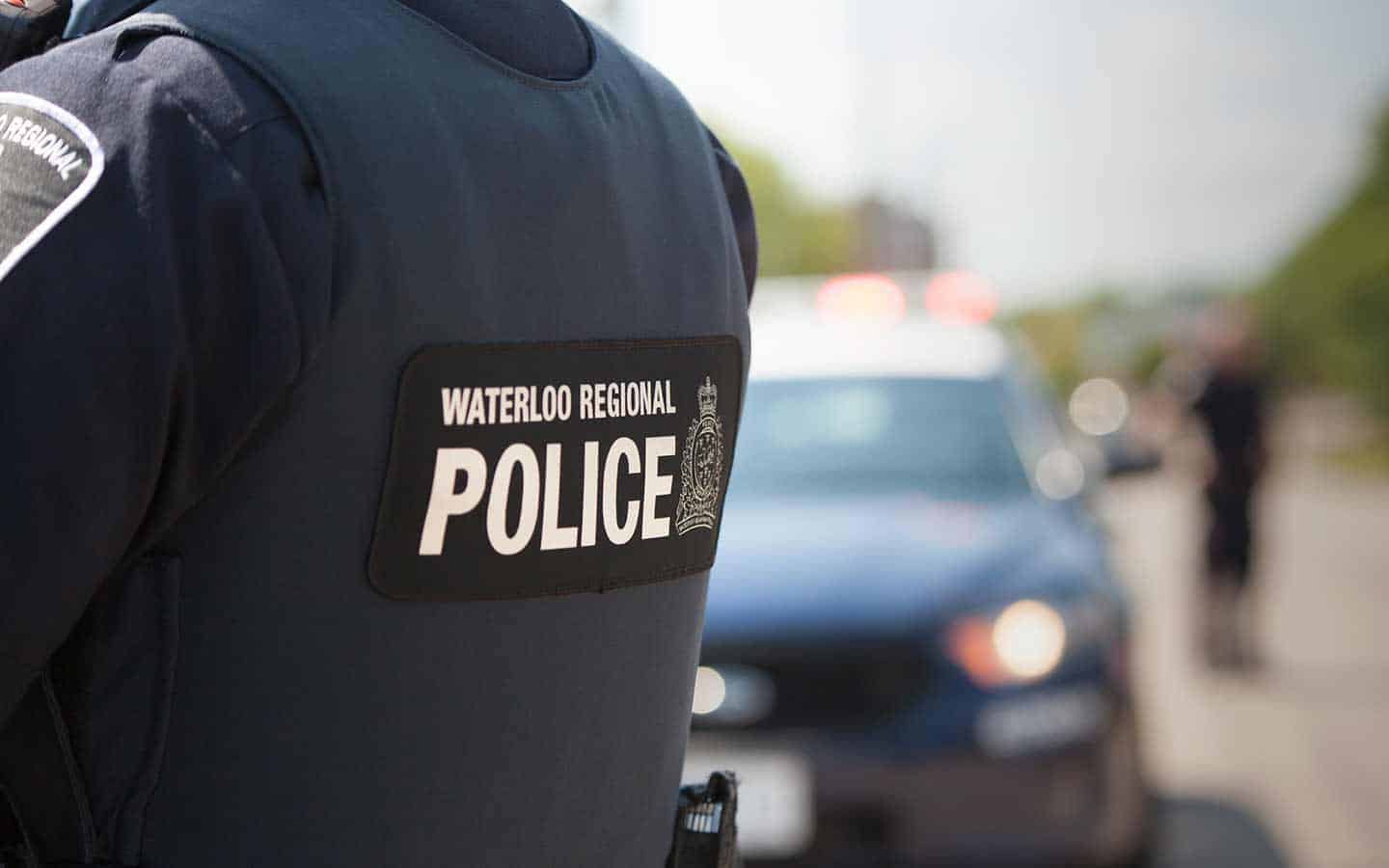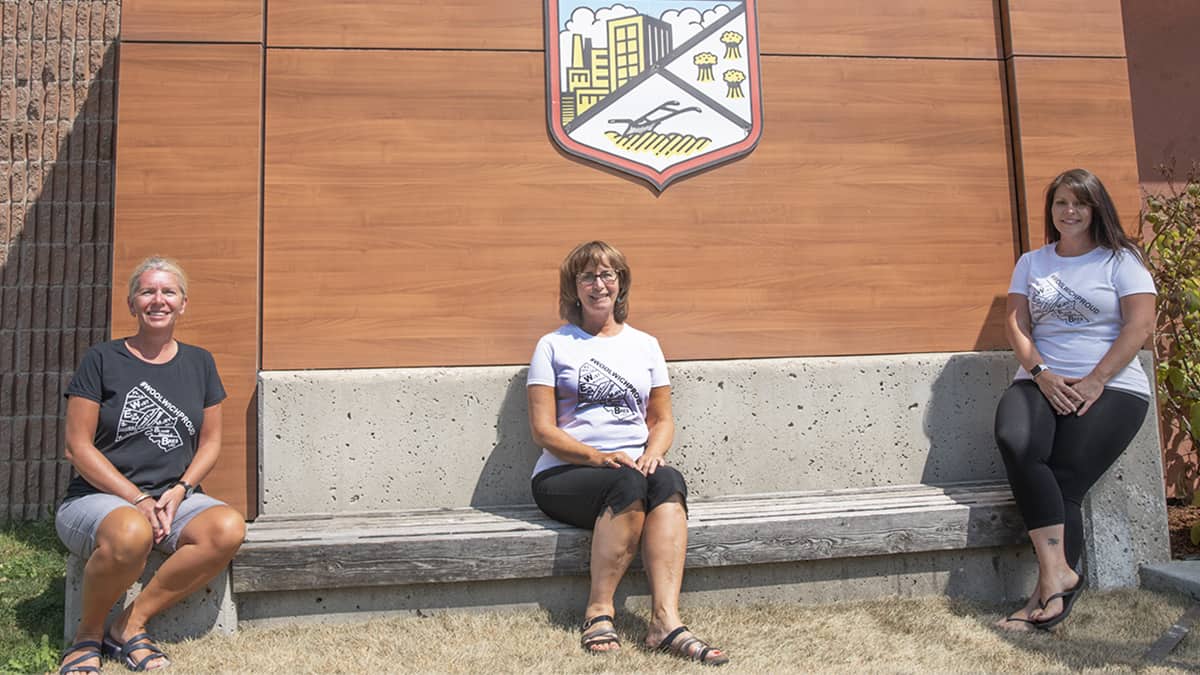Infestations in small pockets of Elmira and Winterbourne prompted Woolwich to adopt a termite control bylaw for the first time in more than two decades. The township will be looking to eradicate the insects in the affected areas, and also looking to homeowners to do their part to combat the problem.
Termite issues were first identified in Elmira in the early 1980s, with 31 homes infected at one point. That “termite area” prompted a 1981 bylaw that gave township staff the authority to inspect properties that had problems with termites and order the removal of wood and infested material while overseeing remedial work. As the bylaw was tied to a provincial grant, it was ultimately repealed when the funding was cut in the 1990s.
Since then, all termite programs have been on hold. Earlier this month, however, Woolwich took steps to restart its war against the termite by creating a new control program and applicable bylaw.
David Heuchert, the township’s chief building official, says the new program is about getting the level of termites down to where the “population has been substantially reduced.”
Last year, urban entomologist, and termite expert Dr. Tim Myles was hired to conduct yard surveys to delineate the areas of termite infestations in Elmira and Winterbourne. His work during this time consisted of inspecting trees, mulch, stumps, firewood and other dead wood items that are considered movable and in contact with soil.
Myles’ findings showed that 49 properties on seven blocks – which comprise a connecting group – showed an active termite infestation in Elmira. In Winterbourne, termites were found on five properties in two different areas – four properties are located in a row, while one is isolated. All areas are to remain unidentified, the township says.
Slated to get underway in the spring of 2021, the new eradication program will run over the course of five years at a cost of $60,000 annually. Under the plan, Myles will institute a combination of treating properties, baiting and extractive trapping with frequent monitoring.
Only the exteriors of homes will be addressed, with some spray treatment being done in affected basements of highly affected properties. Homeowners will be responsible for the expenses related to termite control inside their houses.
“It’s [a combination of] baiting [and] trapping. It’s [comprised of] treating outside structures – so it’s treating decks and sheds and retaining walls and things like that. There’s also the yard waste cleanup, which is a big part of the program,” said Heuchert.“So that is coordinated very early on in the program, and it’s really to get rid of mulch and wood that are good places for termites to live. You want to clean up the yards first, get rid of the mulch that termites like to live in [and] the piles of deadwood, clean that all up. And then after that, they can start treating and trapping and all that.”
Borate spray and rod treatments will also be completed by a third-party company hired by Myles. Borate rods will be installed in exterior structures such as fence posts and retaining walls, borate spray treatments will be done in woodsheds, garages, and basements – which will only be accessed by Myles and his selected treatment company to treat subfloors, headers and joists.
Heuchert says Myles comes with a great success rate and he is confident that this will work to help control the population of termites and rid the affected properties of them once the program is complete.
Also coming in the fall will be a bylaw which will regulate prevention and control of termites. Property owners will be required to treat properties, remove infested materials and repair structural damage where termites are present. The type of mulch that is able to be used will also be stipulated under this bylaw.









